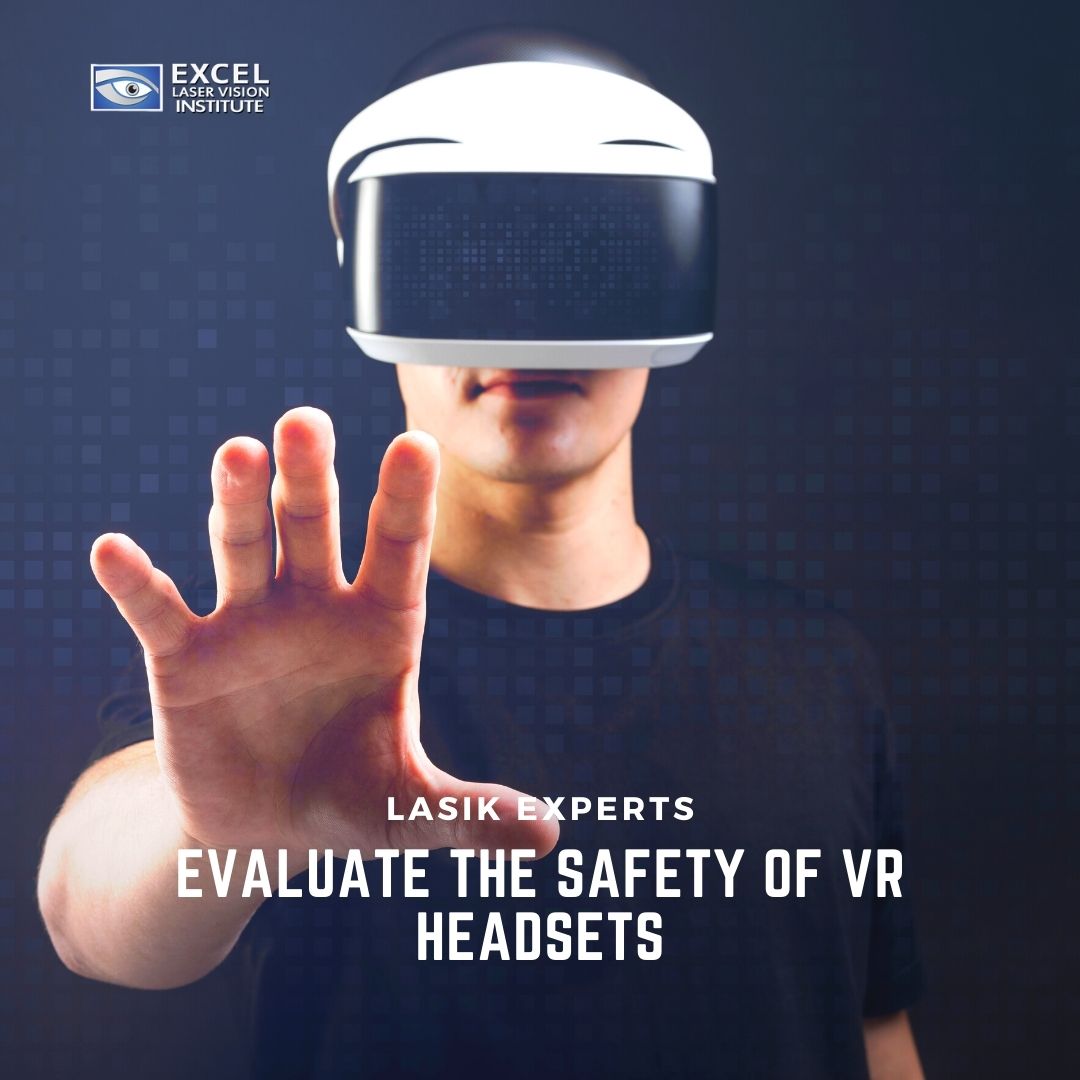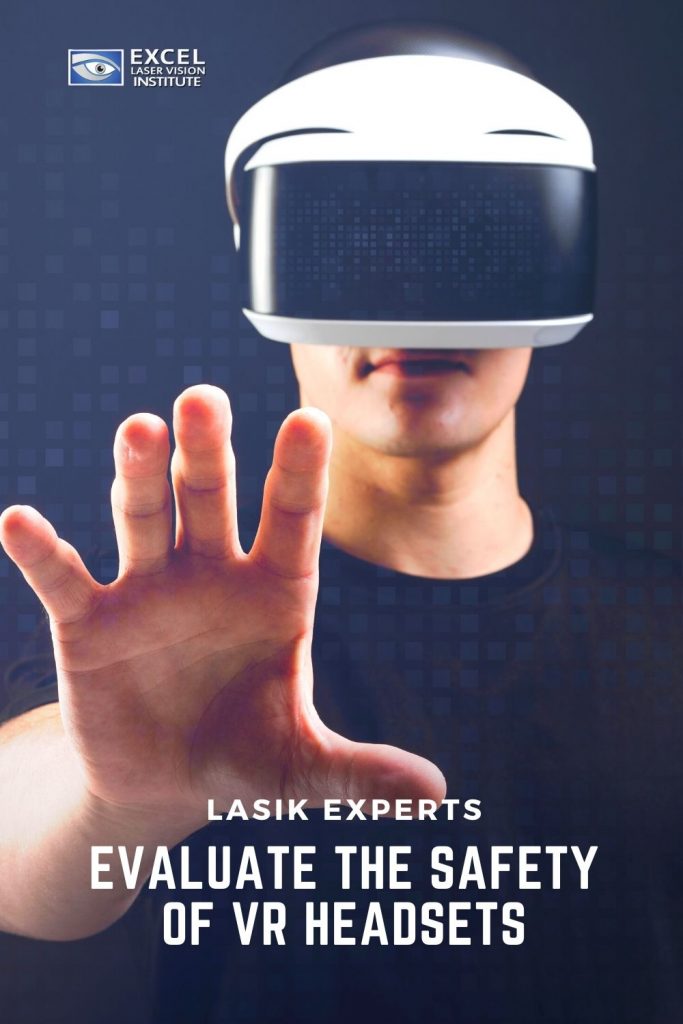
LASIK experts in Orange County such as those at Excel Laser Vision Institute have observed that, with more time inside, people have been increasing their daily screen time. All day, people are working from home on their computer or laptop and then taking breaks by looking at their phone or watching TV. We live in a world of screens. For many people, it’s their main source of productivity and entertainment. It’s no wonder that our screens are getting more and more technologically complex. The invention of virtual reality (VR) headsets is proof of this.

According to Doctor Moosa, a LASIK surgeon in Orange County, too much screen time can be hard on our eyes. It can cause eye strain, fatigue, and dry eye. This is the main reason why eye doctors will recommend taking regular breaks and blinking often when using a digital device. So, how does this translate to VR headsets? Virtual reality has been around for a long time but it has become a commercial success only recently. Since 2020 began, about 71% of Americans started using VR headsets more. As a more immersive digital device, some consumers are wondering if VR is more damaging to our vision than our normal screens. Will everybody be needing LASIK eye surgery after consistently playing with virtual reality? The answer is not cut and dried.
VR headsets can simulate a 360 degree experience that immerses the user in a new world. Instead of looking at a flat screen, the user wears goggles that are constructed with different displays. Each display is given a separate video feed that seamlessly transitions into the next. This presents the illusion of being in a new, 3D environment. Virtual reality can offer a fun, interactive experience for working out, gaming, or simulating adventure. However, it can also affect our bodies. Some users report feeling overwhelmed and nauseous by the VR perspective. This is known as cybersickness.
In terms of affecting vision, Orange County LASIK experts say that VR does not pose a significant danger to our eye health. However, like anything, it requires moderation. VR participants may experience digital eye strain because of decreased blinking. This can lead to dry eye and fatigue, much like with normal screens. The best way to avoid these symptoms is to take frequent breaks and focus our eyes on things in the real world.
Another thing to keep in mind with VR headsets is that they can affect people with strabismus (wandering eye) or amblyopia (lazy eye). With these conditions, the 3D effects of virtual reality may not be as striking. Plus, using VR with these conditions may lead to greater eye fatigue due to the lack of depth perception. Users who wear glasses may also run into some issues when using VR headsets. Not all headsets are built to accommodate glasses and thus may be uncomfortable for the user. Unfortunately, VR has not been constructed to accommodate the user’s vision needs. So, if they are nearsighted, farsighted, or have astigmatism, they are still required to wear their prescription to enjoy the experience.
If you have a refractive error and would like to enjoy VR without contacts or glasses, then schedule a consultation at Excel Laser Vision Institute. We can discuss laser eye surgery, one of the most innovative vision correction alternatives on the market. Achieve your vision goals with us today!



